What makes an easy maintenance boat? It’s one whose build or design makes accessing systems easy. Maintain-ability is one of the most neglected aspects in conversations about buying a new boat.
Our Experience with Maintain-Ability
Okay, I get that space is tight on boats. But shoehorning equipment into places — or picking equipment without a thought about how it will need to be serviced — is just asking for trouble. You’ll never do necessary maintenance if access is nearly impossible (see Cory’s story about just that).
We prided ourselves on keeping our boats in great mechanical shape. She wasn’t always be the prettiest boat, with shiny brightwork, but everything worked.
But man, sometimes designers make that hard. Three things come to mind. One we’ve figured a way around; one caused an injury, and one was just hard as hell to work on.
Shop for an Easy Maintenance Boat
This isn’t a rant. Honestly, it’s not. It’s more of “things to look at as you’re looking at boats.” Considering maintainability when comparing a couple of boats may make one suddenly look a lot better than another. And overall ease of maintenance will make your cruising much more enjoyable, both as it will take less time and things will work the way they should.
Three Things to Evaluate for Easy Maintenance
So, you’re wondering, what are the three things?
Battery compartment
One maintenance headache on our Gemini catamaran was the battery compartment. Batteries went in under the nav station, then were slid forward under another locker. To put batteries in, you have to sit on a step and then lift them straight out in front of you. Not easy with something that weighs 50 to 70 pounds. Then, once they’re in place, one is impossible to reach to add water.
Literally impossible. The only way to add water would be to disconnect all the batteries, remove two from the battery compartment and then slide the third one out where it could be accessed. Then put them all back in and dreconnect them. Not gonna happen on a monthly basis.
Now, we got around the watering problem with a wonderful watering system that makes adding water to all our batteries about a 5-minute job (read about Easy Battery Watering). But if friends hadn’t told me that such a thing existed, we would have had to go with AGM batteries. Eventually we got lithium batteries. But if changing out your battery system is not in your budget, think about how to access your batteries for whatever routine maintenance they need.
Engine compartment
I swear, the engine had to be installed and then the cockpit installed around it. The sides of the engine were accessed by removing side panels to the engine compartments. Fine except that to do any work you have to lean in over a quarter-inch piece of fiberglass that digs into your ribs. It still hurts after putting a pillow over it. And once, when Dave changed the zinc on the heat exchanger, he moved wrong and badly bruised his ribs.
There’s a designer out there who never thought about how you’d get to many of the engine components. So you have to think about these things before you plunk down your money. How will you change the oil? Transmission fluid? Tighten the alternator belt? Change the alternator? Go right on down the list.
Same for pumps, water hoses, wiring. Can headliner be easily removed to get to things hidden behind it? Wall panels?
Steaming light
This issue was the last we discovered. Any light will need the bulb changed periodically. It’s a given. And we all know that doing any work up the mast dramatically increases the difficulty. First, it can be hard to have any leverage or get to “just the right spot.” Screws and nuts can be dropped — and the smaller they are, the more likely. And there’s no table or work surface up there — you’re usually using one hand to keep you in place, so there is only one hand for the work.
Well, our steaming light was out. Seems simple enough, just change the bulb. But guess what? To change the bulb, you have to remove the fixture from the mast, then remove two tiny screws from the back of it so that the lens can be removed. Actually, when you remove those screws, the lens just falls off — hope you had your hand in just the right spot to simultaneously grab the screws and the lens!
Again, this thing is sold as a masthead light. It’s not like they didn’t know someone would be in mid-air trying to change the bulb. I realize that it has to be waterproof, but I think it could be designed a lot better.
Final Thoughts on an Easy Maintenance Boat
We liked our Gemini catamaran, and part of its attractiveness is its price. And every time we discover something like this, we repeat “The Gemini was built to a price point.” In other words, $5 here and there adds up and choices were made based on cost.
But maintain-ability was sacrificed. It’s something to look at in comparing boats. And every used boat is different in what previous owners may have done, so you can’t assume that all boats of the same make are good, or poor.
It’s important to note that most surveyors don’t look at maintainability. If you’re buying your first boat, you might want to specifically ask the surveyor their thoughts on access, or even pay a mechanic for their assessment.
No boat will be perfect. But it’s nice to know where the challenges will lie. And thinking ahead makes it more likely you end up with an easy maintenance boat.
What systems are hardest to maintain in your boat? Have you found workarounds? Tell us about them in the comments.
Related Posts

Carolyn Shearlock has lived aboard full-time for 17 years, splitting her time between a Tayana 37 monohull and a Gemini 105 catamaran. She’s cruised over 14,000 miles, from Pacific Mexico and Central America to Florida and the Bahamas, gaining firsthand experience with the joys and challenges of life on the water.
Through The Boat Galley, Carolyn has helped thousands of people explore, prepare for, and enjoy life afloat. She shares her expertise as an instructor at Cruisers University, in leading boating publications, and through her bestselling book, The Boat Galley Cookbook. She is passionate about helping others embark on their liveaboard journey—making life on the water simpler, safer, and more enjoyable.
Here’s your “Quick Start” to everything you need to know when living on a boat:
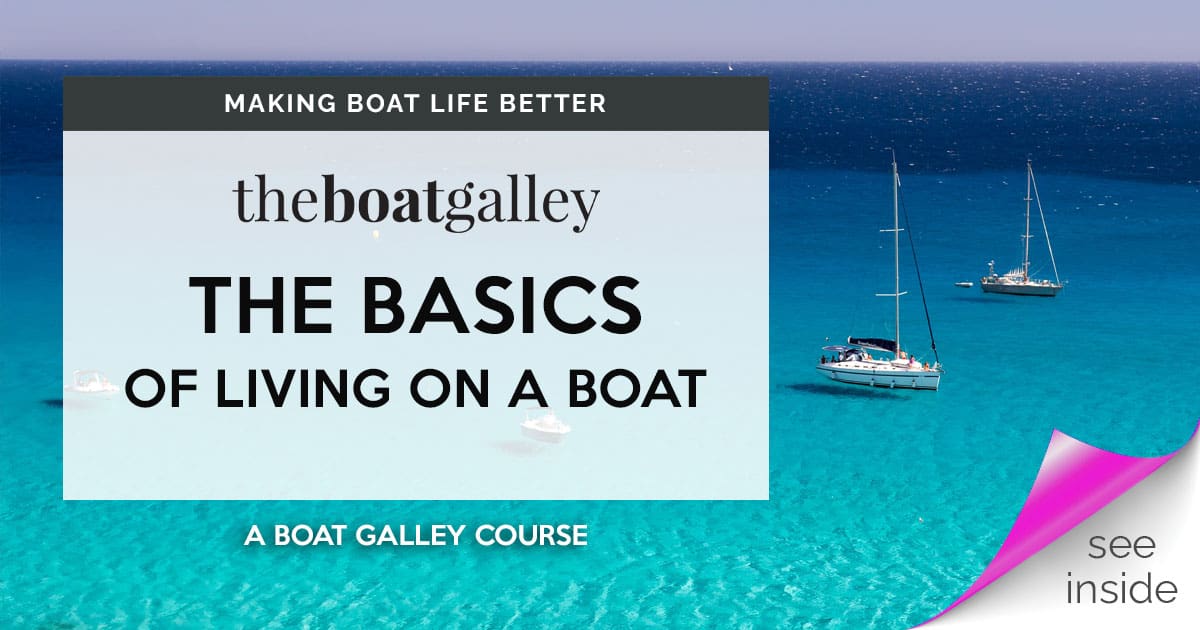
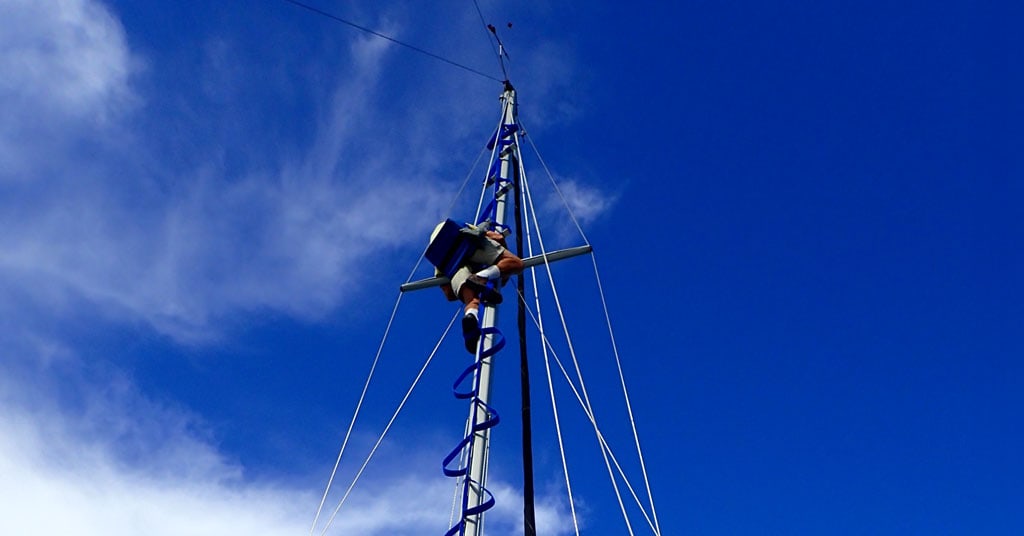





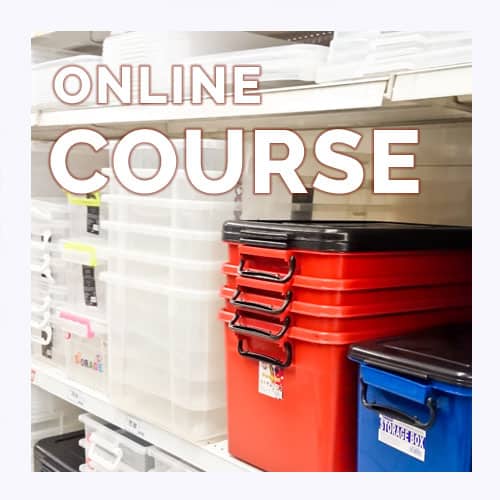

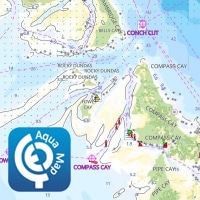
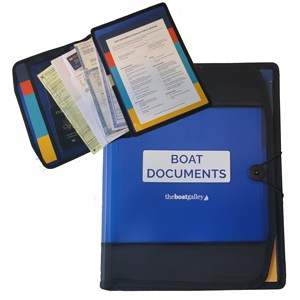
Carolyn Shearlock says
Both ways of transporting it are going to be expensive if done right. If you don’t yet have the skills or time to sail/motor the boat to your location, you need to add the transport cost to the purchase cost to see if it’s really such a good deal. In general, I’d opt for the delivery captain as taking the mast down and putting it back up and transporting a boat on the boat can cause a number of problems unless done very carefully.
Buying one at a distance isn’t necessarily a bad idea, but I am concerned about your ability to evaluate the boat if you don’t feel confident to move it on your own. Be sure to get a very thorough survey done, and consider going with the delivery captain if he/she will let you — you will learn more on that trip than in three years of courses!
Stephanie Martin says
Oh ouch! “I am concerned about your ability to evaluate the boat if you don’t feel confident to move it on your own.” Interesting. When you own your own business or more appropriately when it owns you, getting two weeks away is difficult so say the least.
We will add the price of moving to the purchase and see – so many boats in the 20 yr age range seem to have many years of neglect. When we find one that is well taken care of, we get excited. We would like to spend our time sailing than rehabbing a project.boat. We are also finding that pricing is highly fluid.
Carolyn Shearlock says
Sorry about that! Usually when someone is buying a boat and talking about someone else moving it, they also tell me that they don’t want to do it themselves as they are still learning. So I was very wrong there and apologize.
There are great boats in the 20-year-old range, but it takes digging to find them!